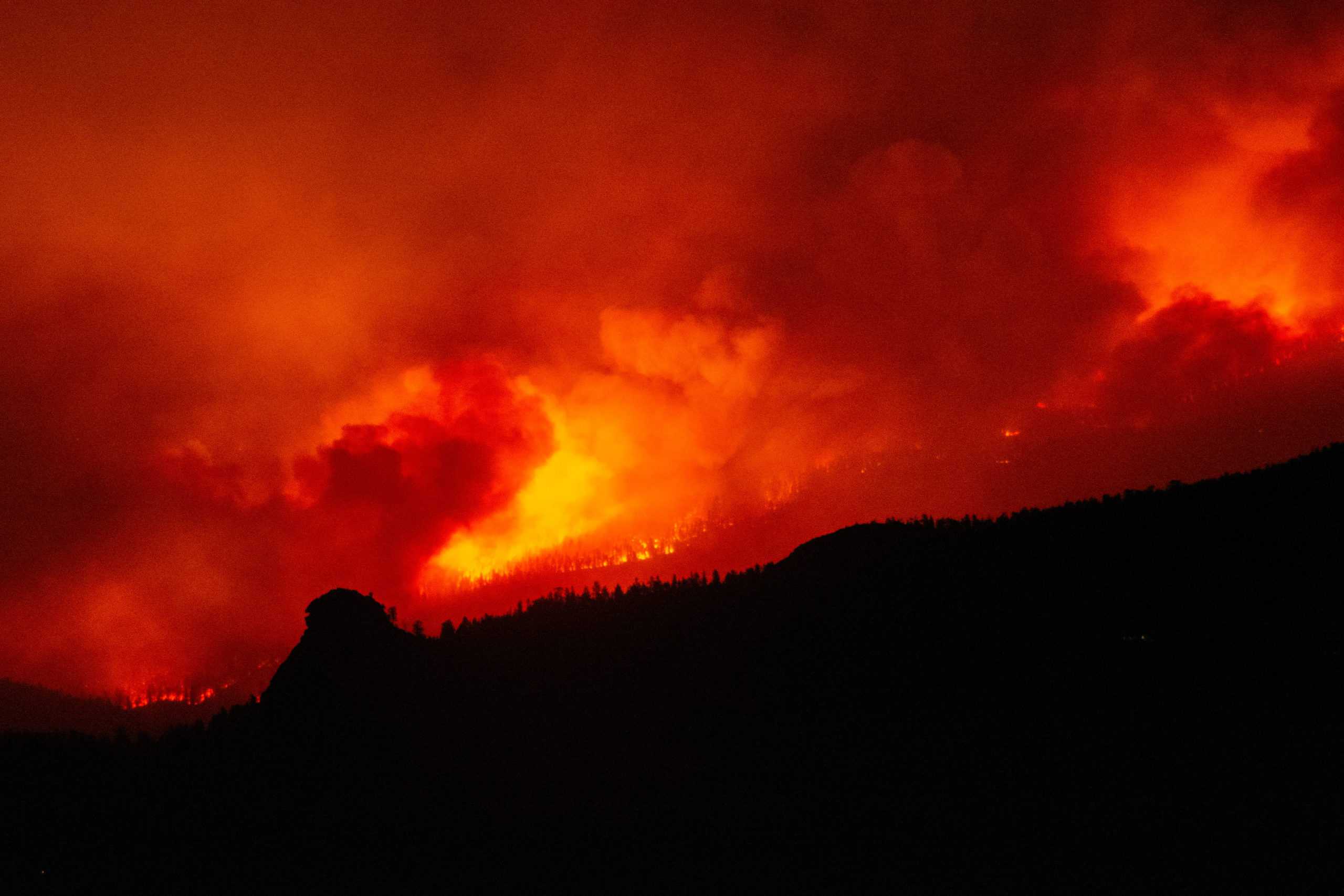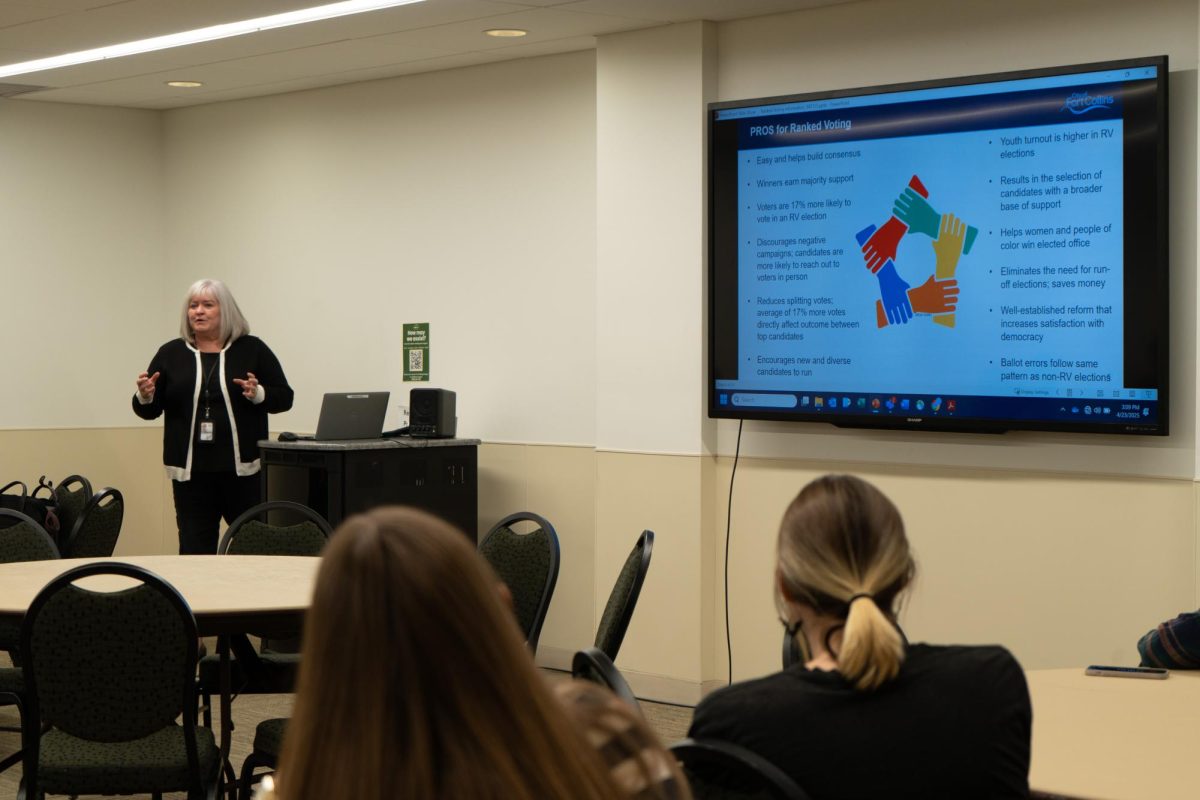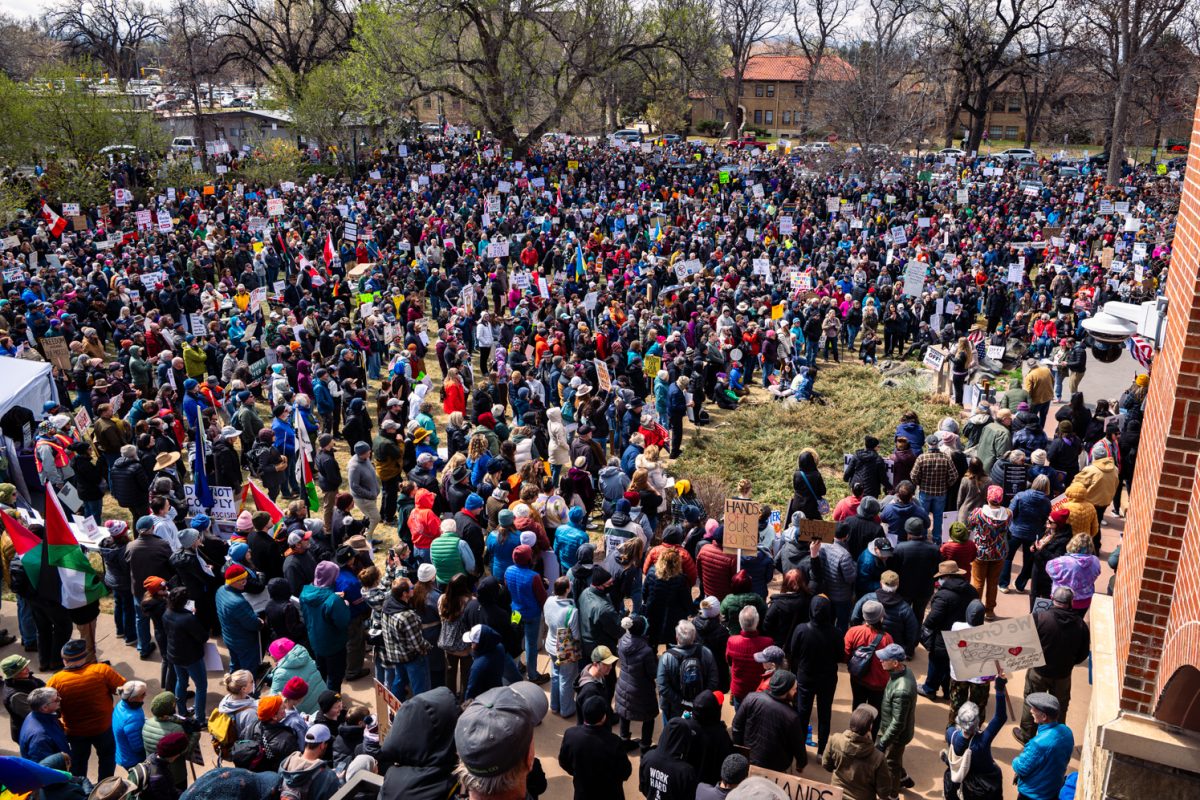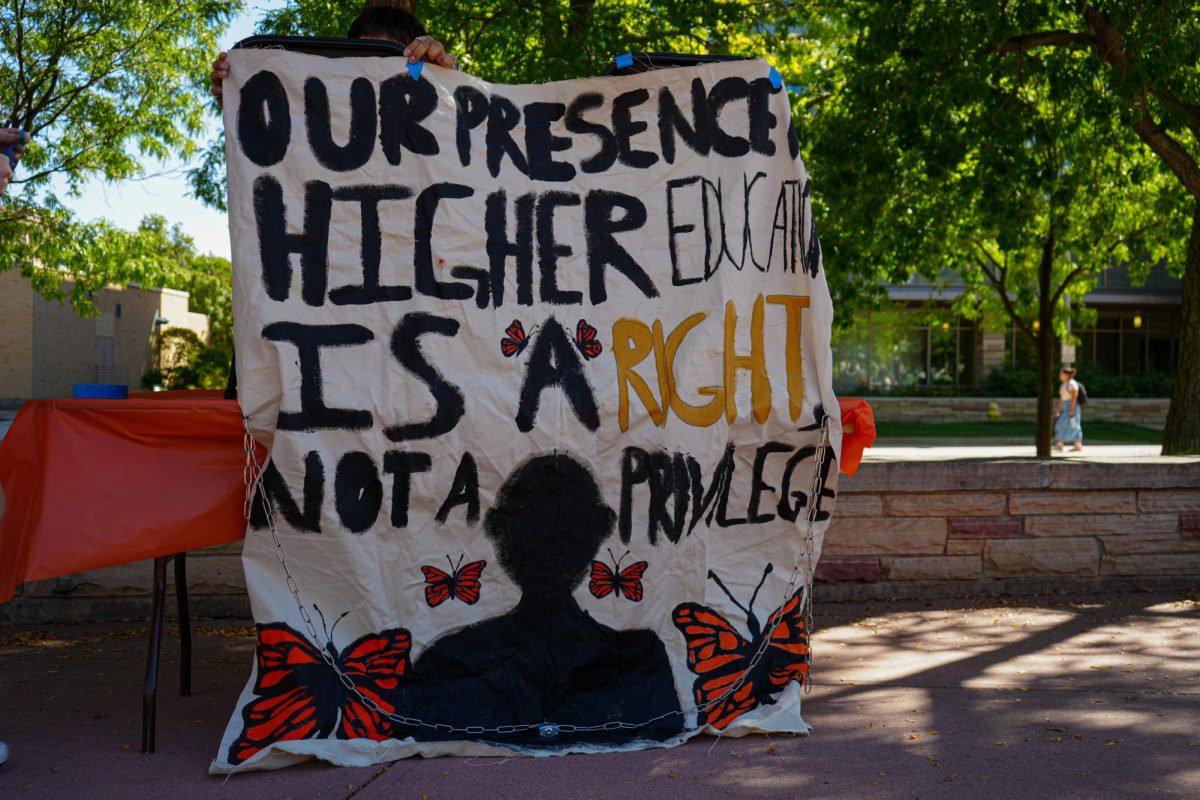
Last August, the Cameron Peak fire blazed in the mountains to the west of campus, coloring the sky orange and covering the ground with ash.
While the sky began to clear up near the middle of the fall semester, the Cameron Peak fire continued to burn over 300 square miles and only reached 100% containment on Dec. 2, 2020, according to the Cameron Peak Fire Forest Service Burned Area Emergency Response Executive Summary released in December.
“After 62 days of burning, on Oct. 14, the Cameron Peak Fire became the largest recorded wildfire in Colorado’s history, surpassing the Pine Gulch Fire that burned near Grand Junction in 2020,” according to the summary. “On Oct. 18, the Cameron Peak Fire became the first in Colorado history to burn more than 200,000 acres.”
The fire took everything we had except our automobiles and our four sets of clothes. We were confident we would return to our home.” -Paul Hesson, Colorado resident
Many damages were caused by the fire and are described in the Cameron Peak Fire Damages Totals. This report mentions that over the course of the fire’s burn, over 400 structures perished, leaving many people without a home.
The ecosystem which the fire burned through did not go untouched either. In the summary, it highlights the Burned Area Emergency Response assessment, which looks at “imminent post-fire threats to life and safety, property, natural resources and cultural resources,” according to the summary.
Donna Nemeth, press officer for the Rocky Mountain region of the United States Department of Agriculture Forest Service, stated, “long-term damages may not be evident yet and will take longer to identify.”
The BAER assessment labeled several of the different categories with high or very high ratings. Among the highest ratings, water quality was impacted by ash as well as runoff dense with sediments.
According to the Larimer County Cameron Peak Fire property damage assessment report , released by Bob Overbeck, Larimer County Assessor, the Cameron Peak fire took a total of 469 structures, 461 of which were residential and outbuildings.
“Of those, 243 structures were destroyed, showing an assessed value loss of $472,533 and a market loss of over $6 million,” according to the report.
Property damage totals state that 42 of the homes burned were primary homes.
Paul Hesson, a Colorado resident for 25 years, lived with his wife, Jo, in their dream home on Christ Mountain, 7,200 feet in elevation. Their home had a view of Longs Peak out the front window and a view of Horsetooth Mountain out the back window.
The Hessons loved their mountain home. They enjoyed everything about it, from the scenery to the frequent visits from Colorado wildlife.
Hesson recounted the fire threats the past 25 years. There had been a few forest fires that he was aware of around the time he moved, but 25 years ago, there were far fewer fires in general.
The longest Hesson had previously been evacuated for was for 18 days in response to the High Park fire in 2012.
On the morning of Oct. 15, 2020, they were told to evacuate. Hesson recalled that on that day, the fire was 18 miles from their home. It was burned three days later.
Hesson said that the fire advanced 18 miles in four days, pushed down the ridge line by 90 mph wind gusts. 16 homes in his neighborhood were also burned.
“It was rather devastating,” Hesson said.
He found out the news from a neighbor one day after his home burned. All that was left was the foundation.
“The fire took everything we had except our automobiles and our four sets of clothes,” Hesson stated. “We were confident we would return to our home.”
The American Red Cross provided the Hessons with two meals a day, and their one week stay at the La Quinta in Loveland, Colorado, was paid for. Hesson recalled that the hotel was filled with evacuees and their dogs. He said he left his time there with high regard for the hotel and the Red Cross.
“I think (the firefighters) did an excellent job,” Hesson said. “We didn’t expect to have a lot of firefighters protecting our home. We understood that with a fire this large, the resources were overwhelmed by the fire. We are thankful that no one was hurt.”
Isabel Brown can be reached at news@collegian.com or on Twitter @isabelbrown02.










